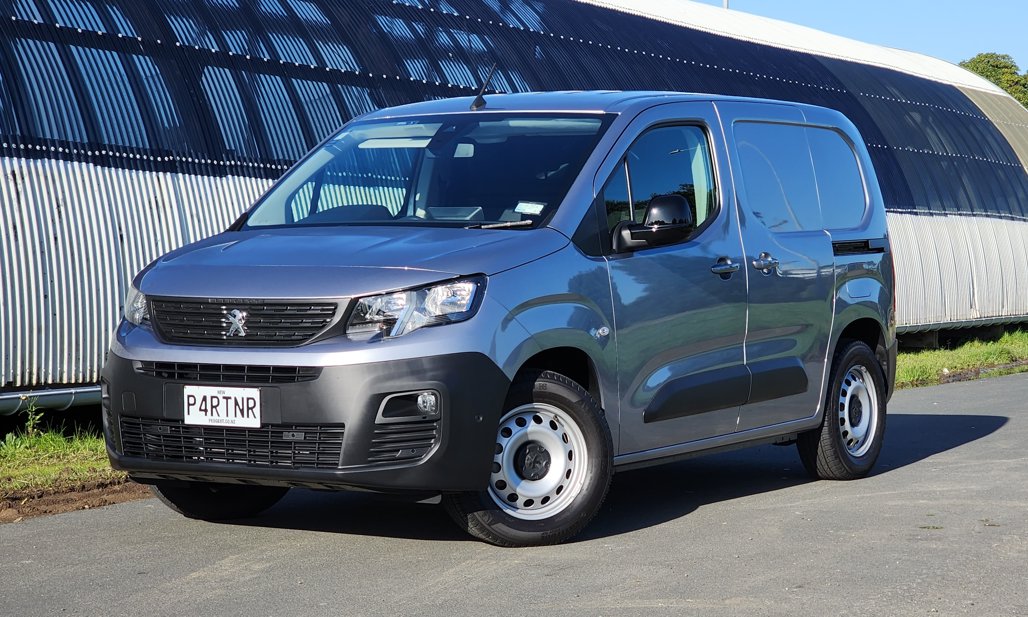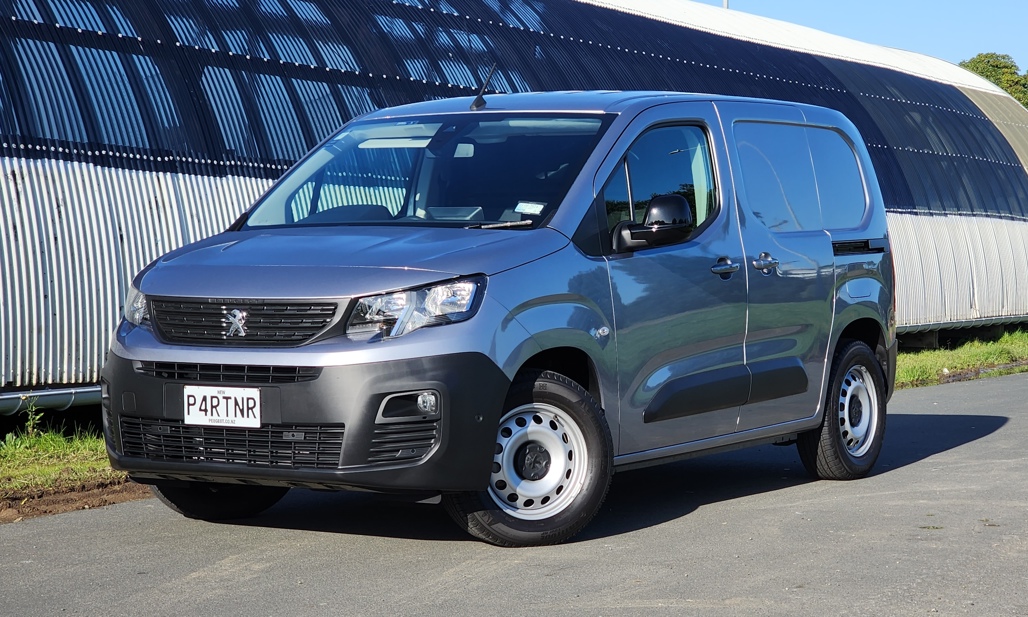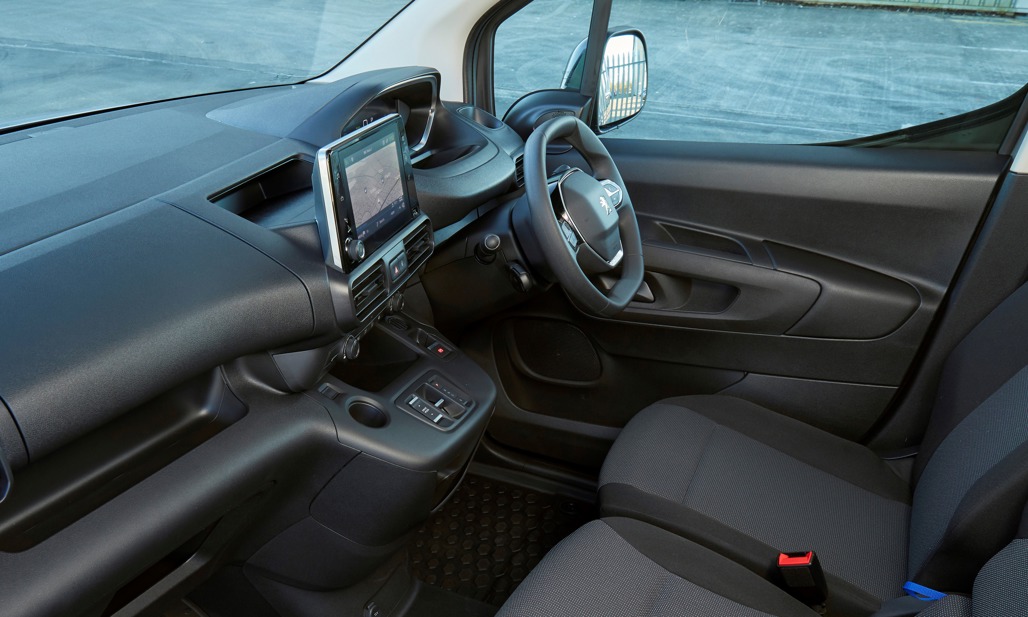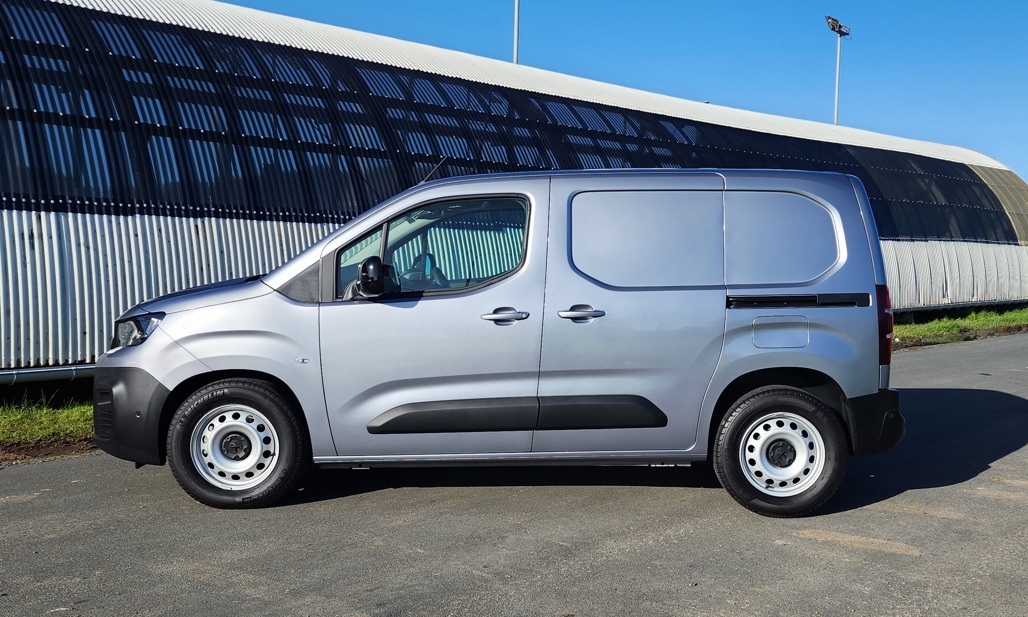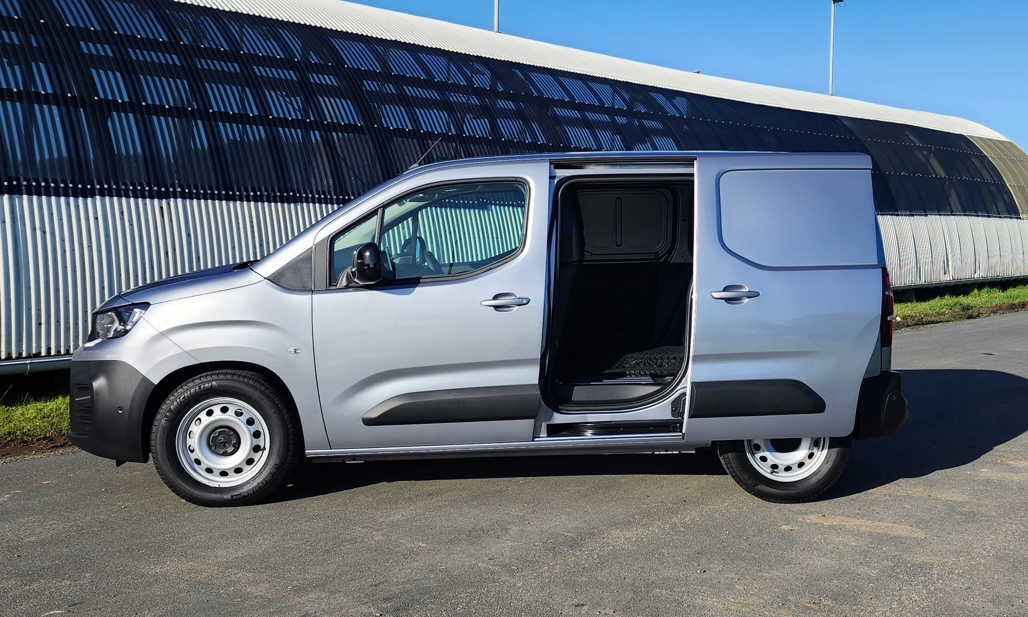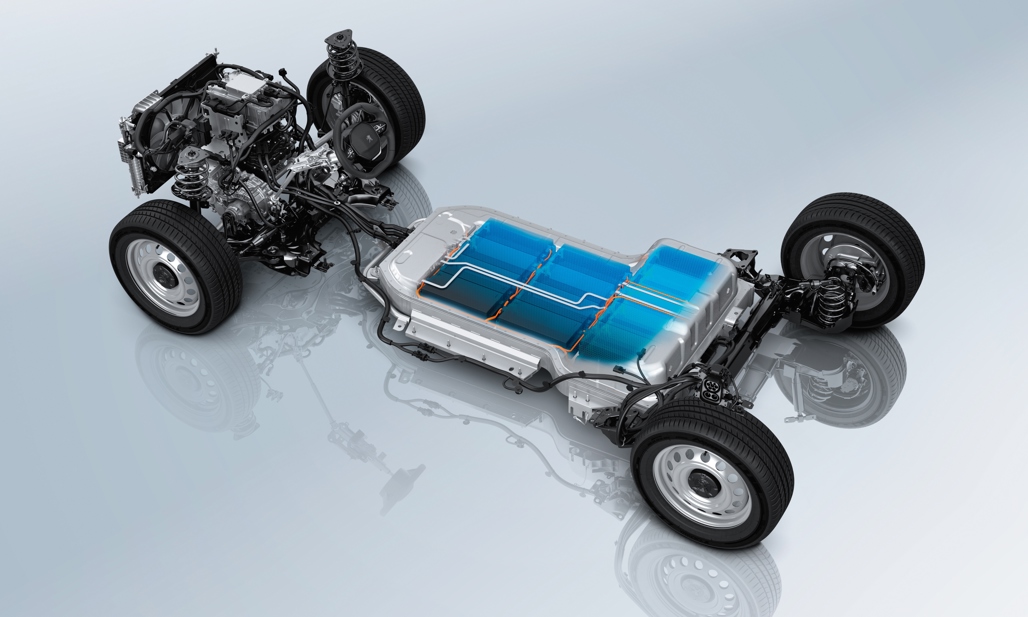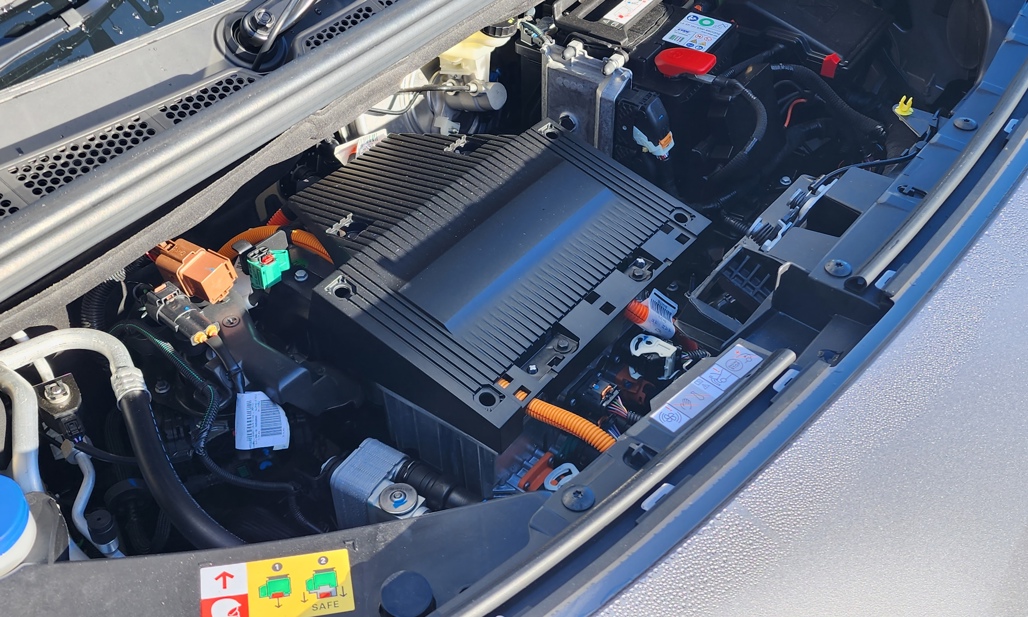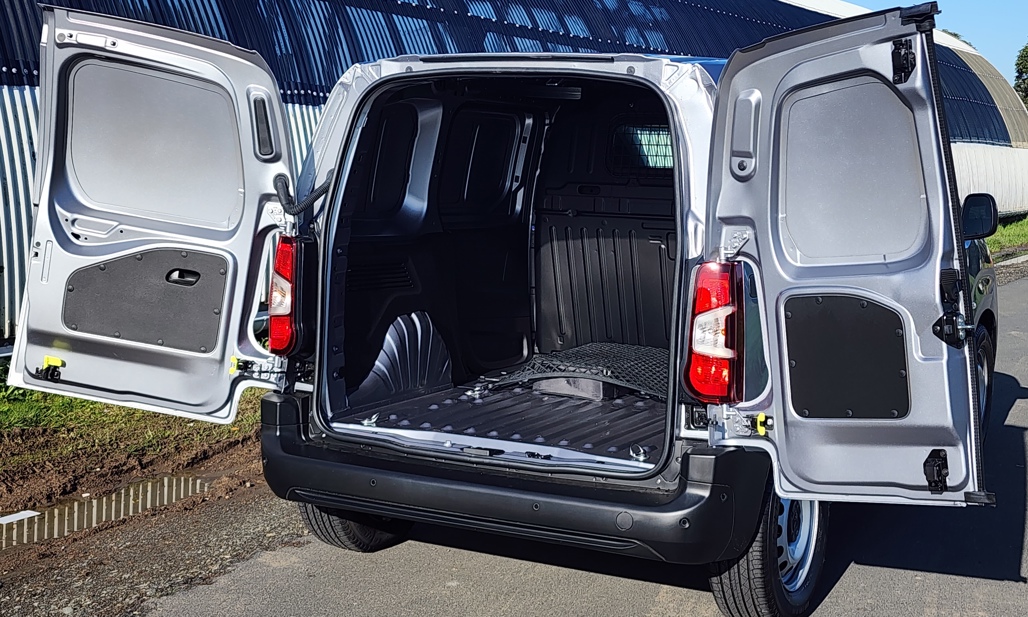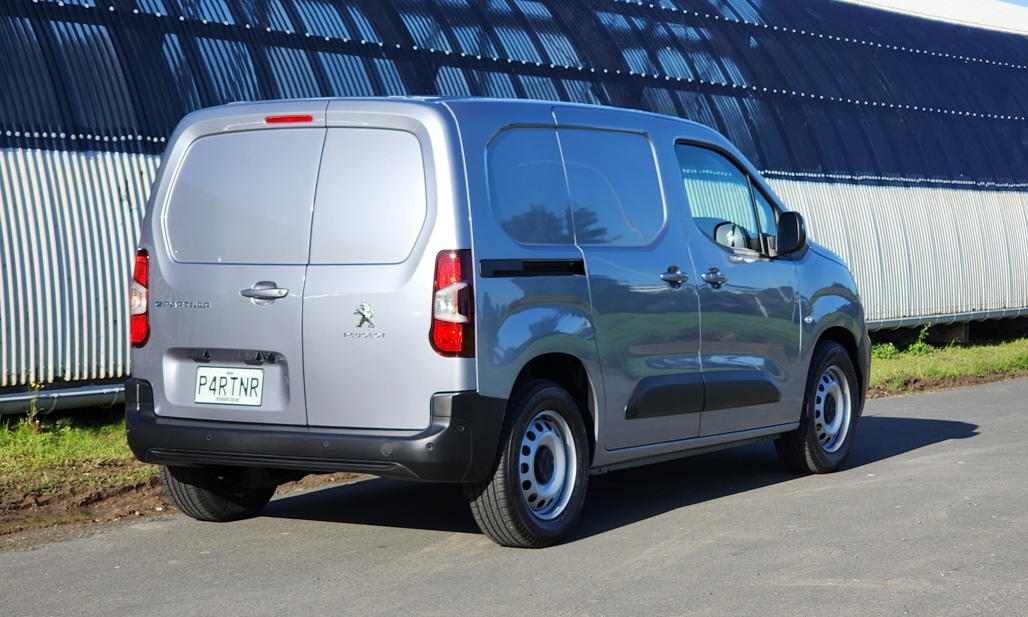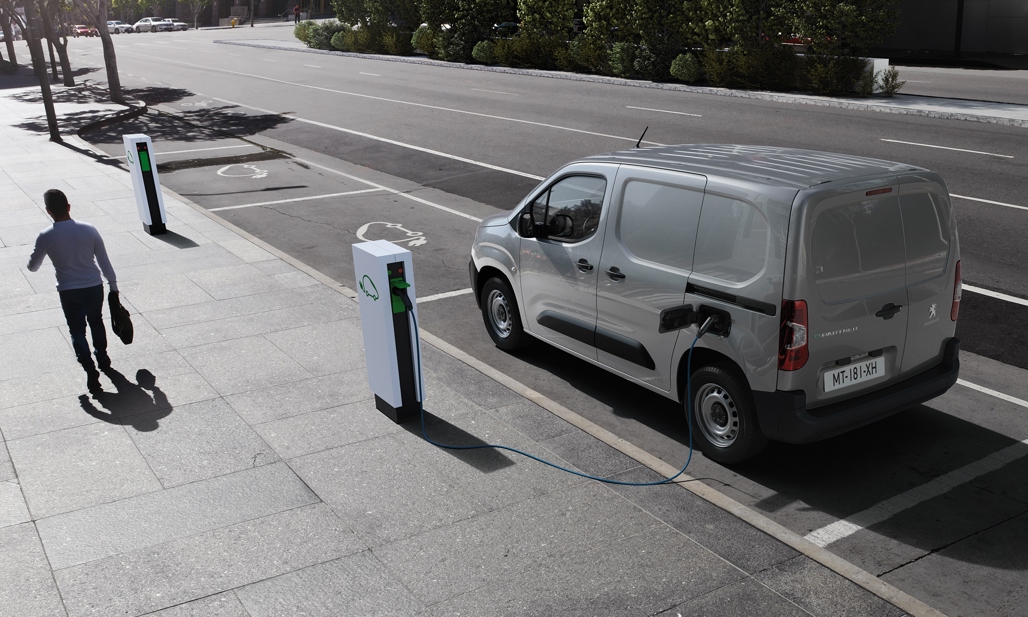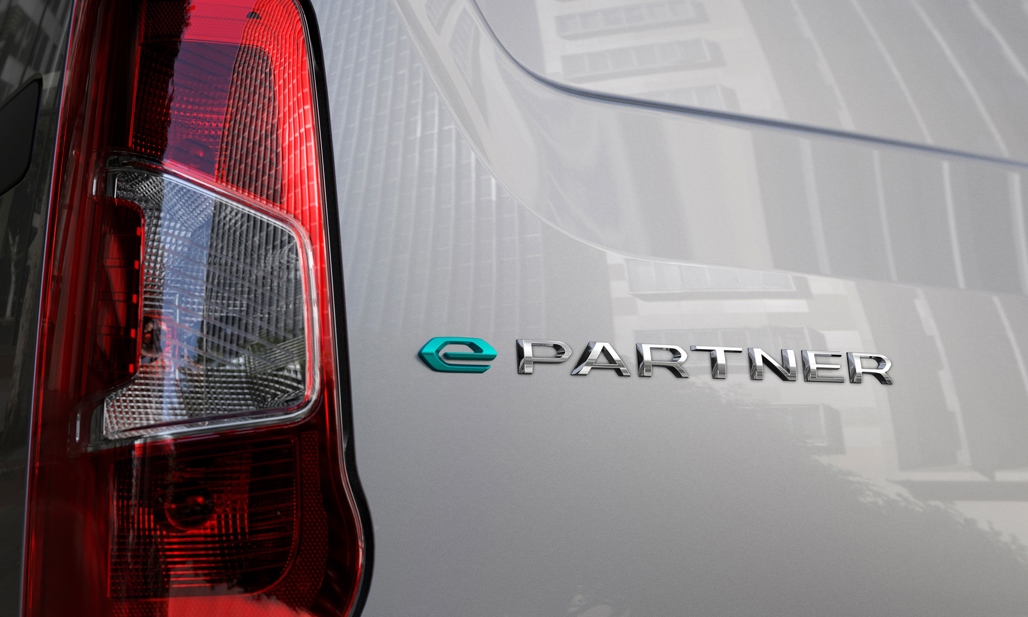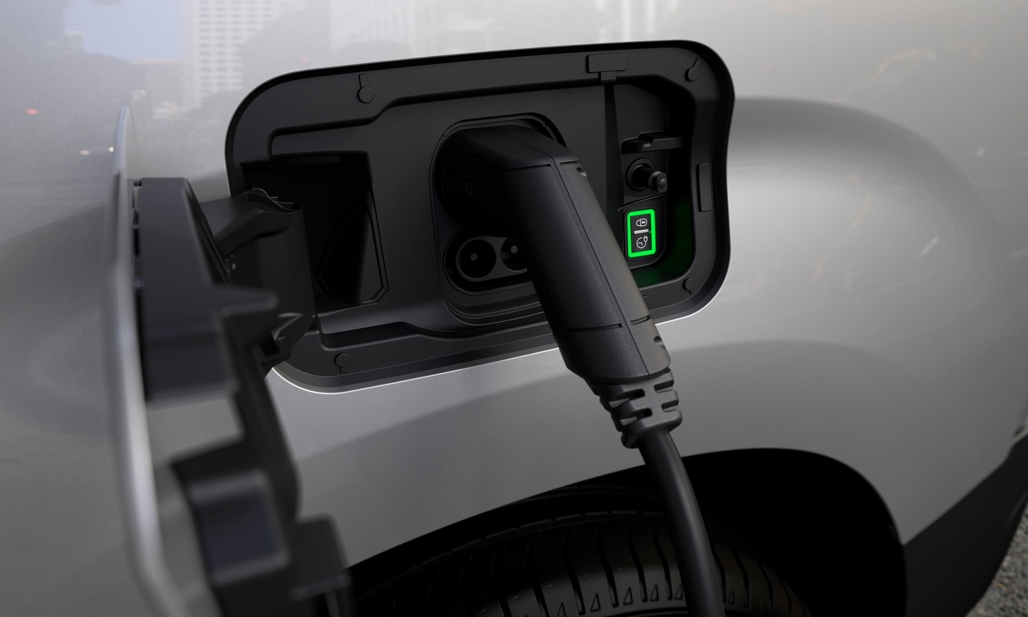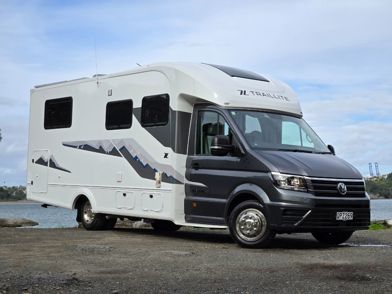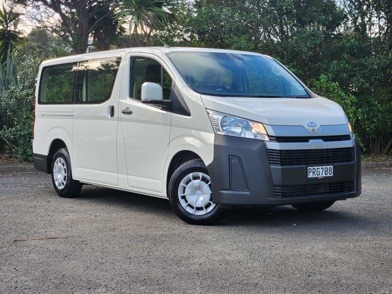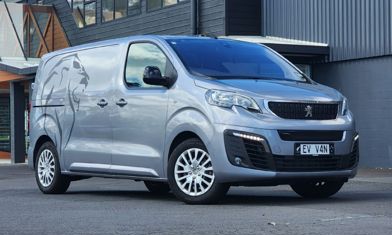Whatever the broader pros and cons, it’s true that many battery electric vehicles (BEVs) still carry a hefty price premium over their internal combustion engine (ICE) equivalents.

If there’s one type of vehicle where daily use could potentially make the most economic sense of that high capital cost, it’s surely an urban delivery van. After all: it’s on the move much of the time so you’re saving lots on fuel in heavy traffic, mostly short hops on city roads so range isn’t a crippling issue, and presumably you’re making regular stops back at the shop/depot, so there’s still opportunity to plug in little-and-often on a wallbox-type charger.
Not to mention the virtue-signalling potential for an eco-conscious business...
Meet the Peugeot e-Partner, a baby van that’s really a fully electric passenger car underneath. We know and love the Partner ICE: we tested the 1.2-litre three-cylinder turbo version recently and came away with big smiles all round.

The e-Partner is exactly the same thing, but with the petrol engine replaced by the battery pack and drivetrain from the e-208 hatchback. The Partner BEV gets exactly the same 1550/1236mmm load width/height and 3.3 cubic metres volume in the back as the ICE. Barn doors, too, so an awesome little cargo layout.
Whizzing around town in a compact electric van is a hoot and it’s a smoother, easier and much more efficient machine in the city grind than the ICE.
That’s the good news. The bad news is that the e-Partner is nearly 200kg down on payload (803kg) compared with the ICE thanks to those hefty batteries and it costs $74,990 in the short wheelbase form tested here – a whopping $27,000 more than the petrol version. The $7015 Clean Car Discount for the BEV and the $632 fee for the ICE trims the difference down to $19,353, but that’s still a big step.

So it’s up to individual (business, presumably) buyers to work out how that stacks up.
From the driver’s point of view, it’s win-win. The BEV is not as much fun as the ICE for us van-hooligans, because it doesn’t have the frantic soundtrack and eager gearbox of the ICE; nor is it quite as fast despite having more power and torque, because it’s a whole lot heavier.

But whizzing around town in a compact electric van is still a hoot and you cannot deny it’s a smoother, easier and much more efficient machine in the city grind. The brakes are the biggest downside: as is sometime the case with electrified (regenerative) stoppers, the pedal is hyper-sensitive at low speed and devoid of feel. Okay if you’re pressing on, French-style, though.
The e-Partner is a baby van that’s really a fully electric passenger car underneath.
The official range of 245km isn’t huge, but probably doesn’t need to be for a vehicle of this type – although a big load will of course eat into that substantially. The good news is that we consistently got better than that between charges, our indicated high for the week being 282km.

The cabin is a cool place to be. Unlike the larger Expert, the Partner has Peugeot’s i-Cockpit layout, with the instruments up high and the steering wheel down low – just like a 208. The Kiwi e-Partner doesn’t have the fancy digital main instrument display and rotary drive-mode controller we’ve seen on European models (there are still Eco/Normal/Power settings for the motor though), but it’s nicely laid out all the same and the infotainment screen is fully compatible with Android/Apple phone projection.
There’s a suite of active safety equipment with Blind this and Lane that, but one notable exception: the cruise control is not the adaptive variety, which is a shame when the tech works so well with an EV.

Our test vehicle was slightly off-spec and didn’t have the Multiflex front seats with full load-through from the back (there’s a fixed bulkhead). But we can recommend that feature from our previous Partner encounter; load length up to 3090mm, three chairs up front and a laptop table on the centre seatback.
The cabin is very “baby van” in its generous stowage spaces, including under the dash, on top behind the touch screen and above the windscreen. But the pathetically small cupholders are still an annoyance. Unless it’s a (very) short black.

We love the functional look of the e-Partner on steel wheels, although it’s worth noting anything other than white is an extra $550 paint charge. If you really want your e-Partner to be a bit more dressy, there’s the $2500 Look Pack with body-colour bumpers and 16-inch alloy wheels.
PEUGEOT e-PARTNER
MOTOR: 50kWh lithium-ion battery with single electric motor
POWER: 100kW/260Nm
GEARBOX: Single-speed automatic, FWD
0-100KM/H: 11.6 seconds
RANGE: 245km (WLTP)
PRICE: $74,990

